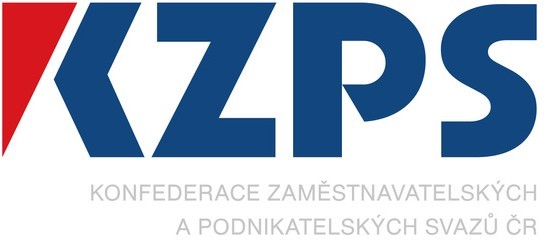Czech Business Today
EESC Corner: Investment plan for Europe: stock-taking and next steps
In November 2018, the European Commission published its Communication on an Investment Plan for Europe: stock taking and next steps. Generally, we welcome the Investment Plan for Europe for its contribution to the promotion of investment in the EU and more effective utilisation of limited financial resources for the purpose of strategic pan-European investments as a new type of EU financial redistribution.
We are convinced about the huge potential of innovative financial instruments to accommodate the areas covered by the proposed InvestEU Programme and synergies between the InvestEU Programme and the future centrally managed programmes (Connecting Europe Facility, Horizon Europe, for example), with a preference for the use of a return-based instrument. To achieve this, regulatory simplification is needed when combining several programmes or projects. We also very much support the Commission’s effort to identify the primary obstacles to more intensive investment activities in the areas of the Single Market environment, integrating infrastructure, education and skills requirements, and the alignment of state-aid rules. The profitability and efficiency of investment depends on having a sound economic structure. Structural reforms are thus seen as a prerequisite for ensuring that investment brings about the expected impact. Significant structural failures result in a wide range of obstacles – regulatory, administrative, barriers to fair competition, etc. These obstacles are serious at both national and cross-border level.
We appreciate the benefits of the Investment Plan for Europe, in particular in the following respects:
- at the time of the crisis, private financing came to a halt and financial needs were therefore not met. Investors began to consider risks much more carefully and thoroughly. The Investment Plan for Europe has proven to be an appropriate, safe, practical and carefully considered platform for boosting investment and enlisting private finance;
- the Investment Plan for Europe has positively contributed to the targeted and systematic monitoring of instances of market failures or adverse investment situations and helped to tailor perceptions of risk to the need to address them in a market-compatible way;
- the examples of suppor ted projects mentioned in the European Commission’s Communication clearly show that, in the absence of the Investment Plan for Europe and the European Fund for Strategic Investments (EFSI), private capital would never have been put towards this type of project without sufficient guarantees and adequate risk coverage (unless it was philanthropically motivated) and public resources for such ventures would by their nature be limited;
- the Investment Plan for Europe and the EFSI require projects to undergo a direct financial return test and thus meet the minimum quality standard imposed on them.

Petr Zahradník
EESC Group I Member and a rapporteur of the ECO/486 opinion on the Investment Plan for Europe





